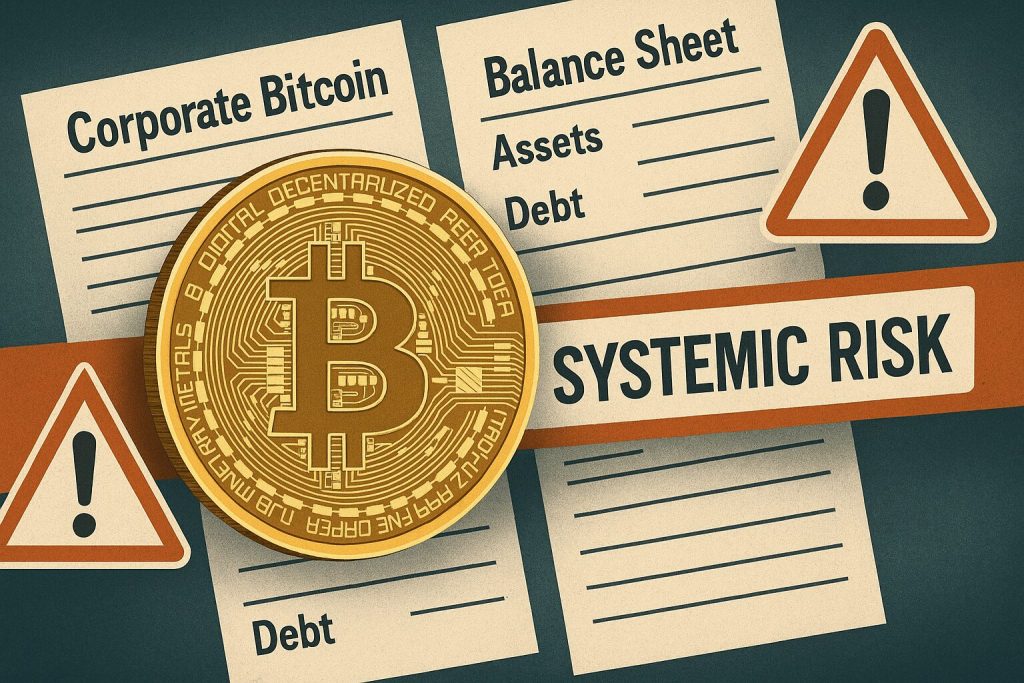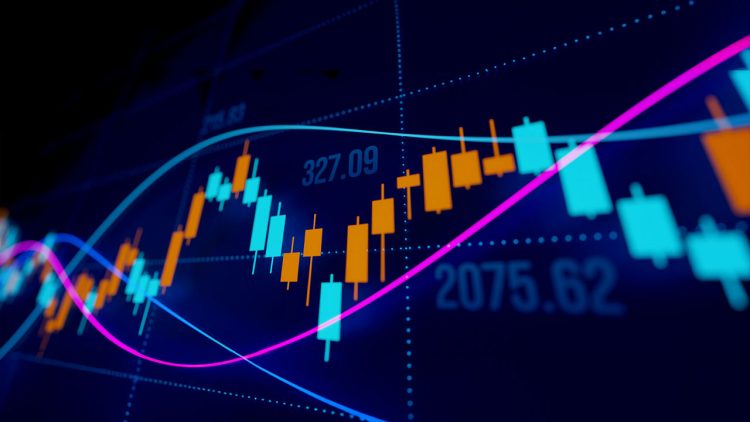For much of 2024 and early 2025, the prevailing assumption in financial markets was that central banks could engineer a soft landing. That is, inflation would fall without triggering a recession, employment would remain robust, and global growth would gradually normalize. But as 2026 approaches, cracks in that narrative are becoming harder to ignore. Whether it’s diverging forecasts from major banks, growing unease about corporate refinancing, or shifting investment flows into stagflation hedges, economists and investors are starting to prepare for a more complex landing than previously expected
Diverging GDP Forecasts from Major Banks
The clearest sign that the soft landing thesis is unraveling lies in the GDP projections from leading financial institutions. While some still forecast a gradual return to trend growth, others are dialing down expectations. Goldman Sachs and JPMorgan now forecast global growth in the 2.3% to 2.5% range for 2026—down from prior projections of around 3%. At the same time, Citigroup and HSBC have flagged asymmetric downside risks, particularly in Europe and China, where industrial activity and real estate remain tepid. What’s especially notable is the increasing divergence across geographies. The US economy continues to show relative resilience, fueled by consumer spending and government infrastructure outlays, but growth momentum is clearly slowing. The Eurozone faces weak private investment and policy fragmentation. Germany and Italy are close to technical recession territory. Meanwhile, China is facing a structural slowdown, with private sector confidence faltering amid demographic drag and property market deflation. Latin America and Southeast Asia are providing pockets of strength, but not enough to lift the global tide. This divergence means that no single monetary policy narrative fits all regions. The soft landing, which requires synchronized moderation, may simply not be feasible in such a fragmented global landscape
Labor Market Resilience vs. Corporate Debt Refinancing Risks
A strong labor market has been the backbone of the soft landing narrative. In the US, unemployment remains historically low, wage growth is moderating without collapsing, and labor force participation has improved, especially among prime-age workers. However, under the surface, corporate debt is emerging as a fault line. Starting in late 2025 and intensifying through 2026, a massive wave of corporate debt—much of it issued during the ultra-low-rate years of the pandemic—is coming due. According to Moody’s, over $1.5 trillion in US corporate bonds will mature in 2025–2026, with similar timelines in Europe and Asia. Companies will need to refinance this debt in an environment of elevated interest rates, declining profit margins, and tighter lending standards. For highly leveraged firms, particularly in commercial real estate, consumer discretionary, and lower-rated credit tranches, this poses existential risks. Even companies with strong cash flow may be forced to divert capital from expansion into debt servicing. This tension between healthy employment and deteriorating corporate balance sheets is at the heart of why economists are questioning the soft landing. If businesses begin cutting back hiring or investment to preserve balance sheet strength, the labor market could deteriorate quickly. The result wouldn’t be a sharp crash, but a drawn-out period of slow growth, sticky inflation, and deteriorating credit quality—what many now call a stagflation-lite environment
Portfolio Strategies for Stagflation Hedging
With the soft landing in doubt and stagflation risks rising, investor strategies are adapting. Traditional hedges like long-dated government bonds have become less reliable due to inflation volatility. Instead, investors are turning toward real assets, floating-rate instruments, and companies with pricing power. Treasury Inflation-Protected Securities (TIPS) have seen inflows in 2025 and are expected to remain a key tool through 2026. Commodities, particularly energy and agricultural inputs, are also attracting interest, as global supply disruptions remain a persistent theme. Another area of growing focus is quality equities—companies with low debt, high return on equity, and strong free cash flow. These firms tend to outperform during periods of moderate inflation and rising rates. Within fixed income, the trend is shifting toward active credit strategies, with managers rotating into higher-quality corporate bonds and shortening duration to reduce rate risk. Meanwhile, hedge funds and institutional investors are revisiting gold and emerging market currencies as partial hedges against dollar volatility and geopolitical tail risk. Real estate investment trusts (REITs), particularly in logistics and data infrastructure, are also being revalued as inflation buffers, despite broader commercial real estate stress. A crucial theme across all strategies is optionality: flexibility to reallocate quickly as data shifts. Investors are increasingly focused on adaptive portfolios that don’t bet on a single macro narrative but are robust across scenarios, from soft landings to stagflation or mild recession

Central Bank Dilemmas and Policy Uncertainty
A complicating factor is that central banks themselves are facing unprecedented policy dilemmas. The Federal Reserve, for instance, is balancing a decelerating economy with inflation that remains above target. Rate cuts are now priced in for late 2025, but forward guidance remains cautious. The ECB faces a worse stagflation mix, with structurally weak growth and persistent wage inflation in services. The Bank of Japan is still navigating its exit from yield curve control, while China’s central bank is under pressure to stimulate without fueling capital flight. This policy divergence means that FX markets, capital flows, and sovereign debt pricing will likely experience more volatility than in a synchronized easing cycle. For investors, central bank signals are no longer reliable guides; real-time data and fiscal trends are more informative. The risk is that central banks either overcorrect—tightening too long—or underdeliver, leaving inflation expectations unanchored. Either path undermines the credibility that was central to the soft landing assumption
Geopolitical Wildcards and Exogenous Shocks
In 2026, several geopolitical risks loom large over macro forecasts. The US election introduces fiscal uncertainty, especially if deficit spending remains elevated regardless of the winner. The Russia-Ukraine conflict continues to distort European energy markets. Middle East tensions and supply chain realignments are adding to global cost structures. Meanwhile, climate-related shocks such as agricultural yield failures or extreme weather events are increasing in both frequency and market impact. These exogenous risks don’t fit cleanly into inflation or growth models but can compound vulnerabilities in corporate earnings, sovereign balance sheets, and household sentiment. While a soft landing might be achievable in a vacuum, the real world in 2026 will likely be far too messy for such linear outcomes
Conclusion
The idea of a soft landing in 2026 is not dead, but it is rapidly losing consensus support. Diverging GDP forecasts, corporate debt refinancing pressures, and rising policy uncertainty are converging in ways that could produce either slow-burning stagflation or localized downturns. For investors, this means preparing for a more fragmented and volatile economic environment—one where hedging against multiple outcomes becomes more important than betting on the base case. The playbook of the past decade, reliant on predictable central bank support and synchronized global growth, may no longer apply. The new playbook emphasizes resilience, selectivity, and constant recalibration. In other words, the runway is still visible—but the landing may be anything but soft














































